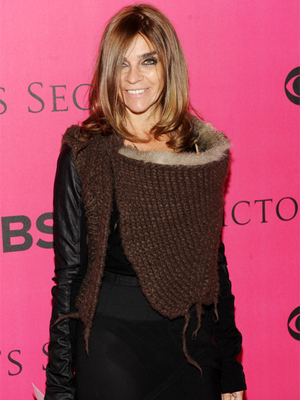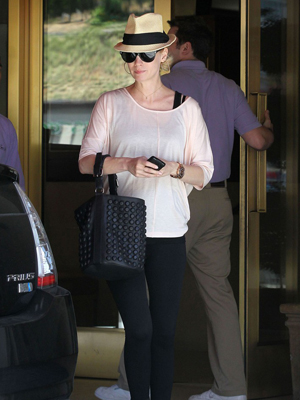If you’re going to break out the bubbly this New Year’s Eve, Gé©rard Liger-Belair wants to help you to do it right.
The French physics and chemistry professor says the way most people pour champagne is not the best way to serve it.
Experiments done by Liger-Belair and a team of researchers found that pouring champagne the same way you pour beer preserves more carbon dioxide. Read = more bubbles. The findings were published in the Journal of Agricultural and Food Chemistry earlier this year.
When champagne is poured straight down into a flute, it loses more carbon dioxide than it does when poured with the flute tilted, the way beer is, Liger-Belair told the Toronto Star.
By inclining the flute during the pouring, C02 is best kept in the champagne, and it allows the formation of about 100,000 more bubbles per glass, said Liger-Belair.
But getting the most bubbles for your buck isn’t just about how you pour it. Liger-Belair says temperature also affects the bubbles. He recommends champagne be kept at eight to 10 degrees C, unless it’s very old champagne, which should be 12 degrees C.
And Liger-Belair knows his bubbly. He’s been studying the physics and chemistry of champagne for the past 10 years, and is currently teaching the subject at the University of Reims, in France’s champagne country.
Our study definitely proves that the pouring process has consequences on the tasting, and therefore has to be taken into account, said Liger-Belair.









